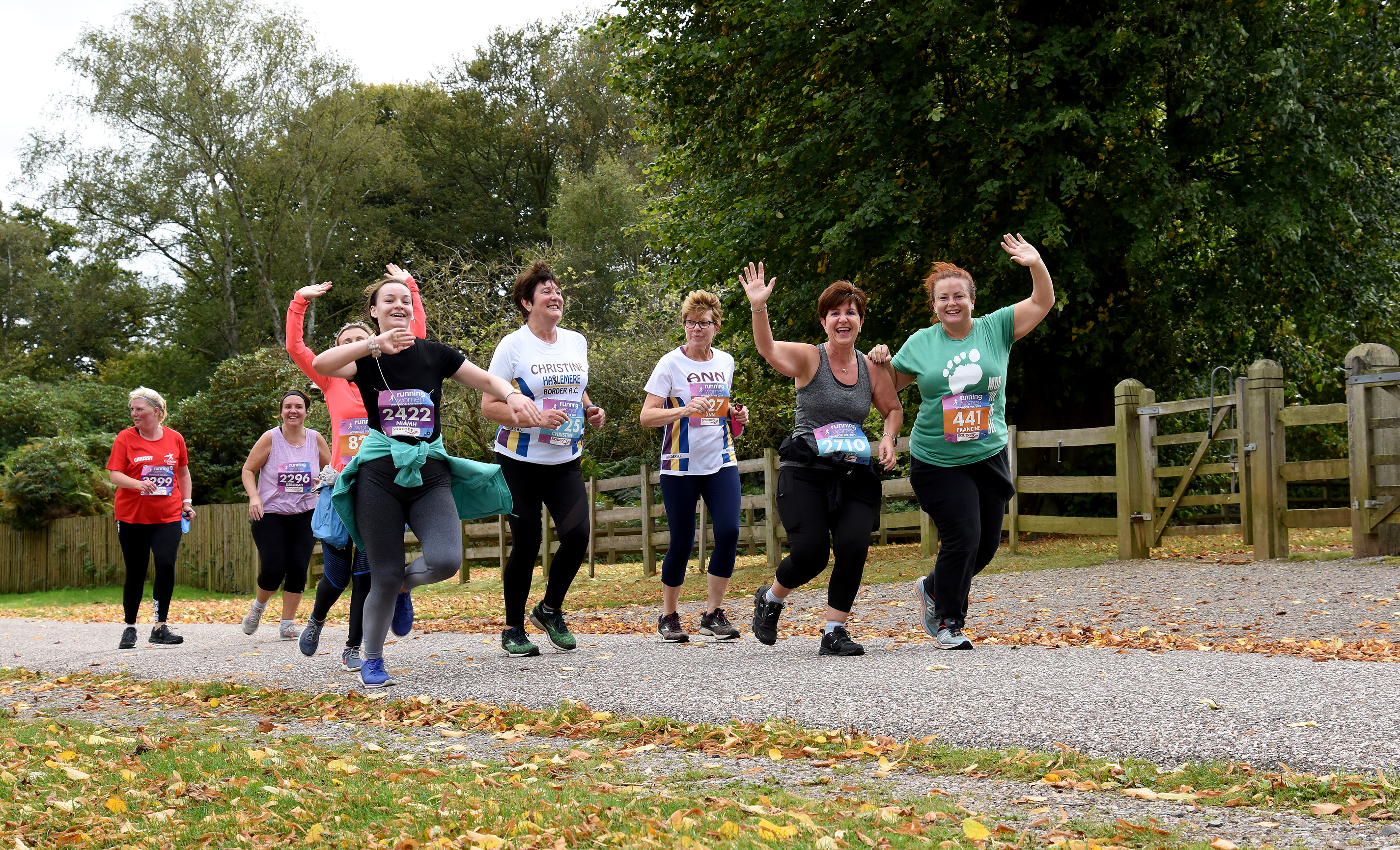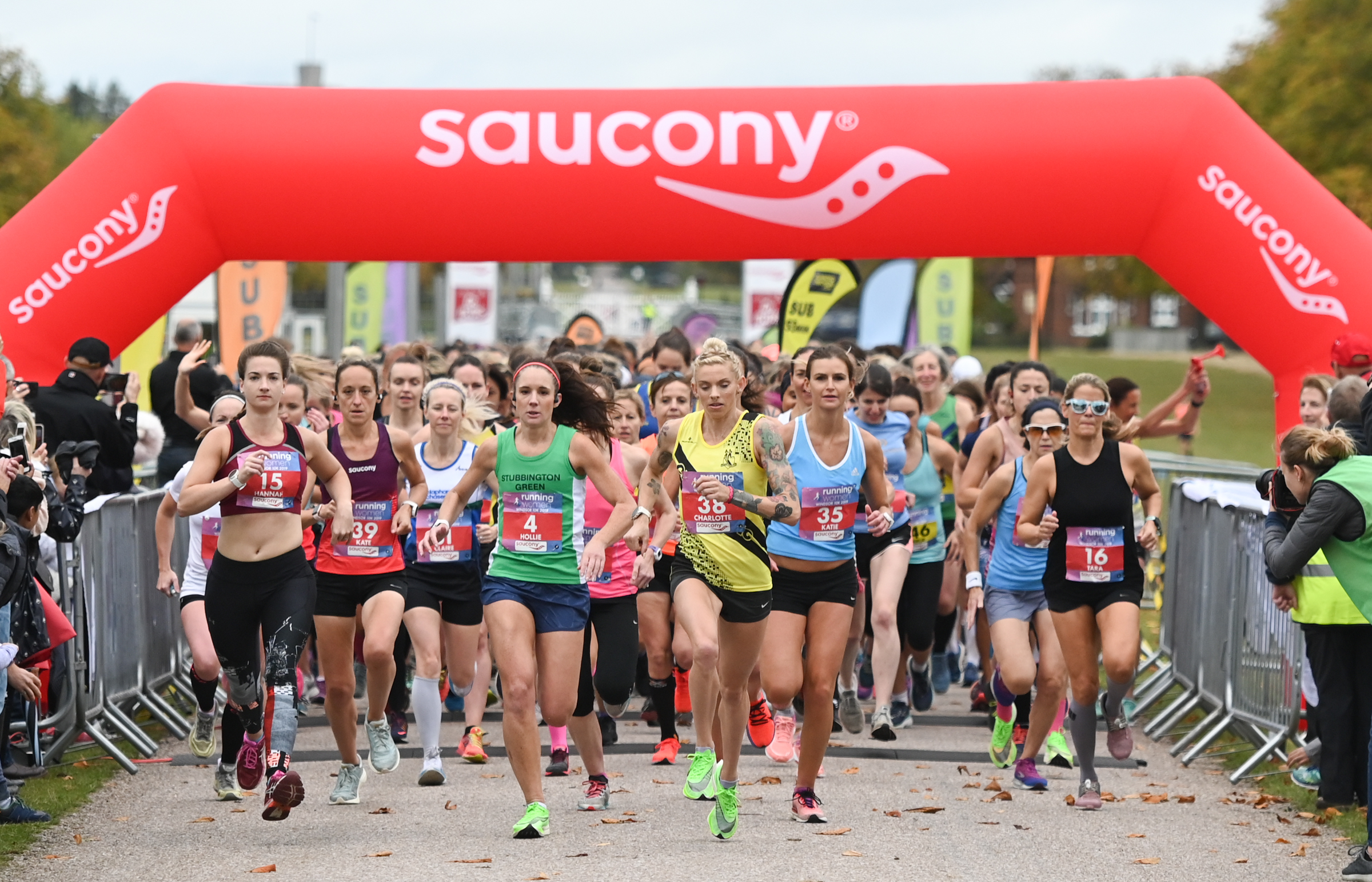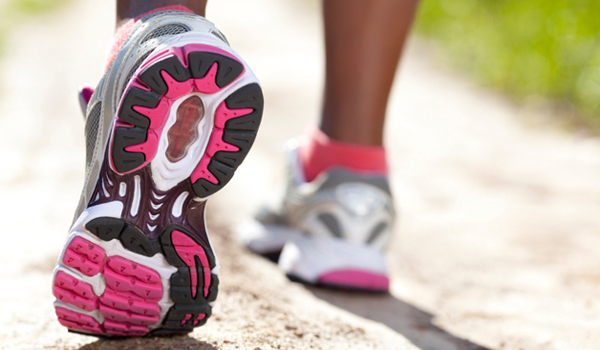How To Find Your Fitness Starting Point
How fit are you? Whatever your running goal, you need to know how fit you are right now before you can plan a training strategy to progress. Here are 3 ideas to try.
How does the saying go? If you don’t know where you’re going, you might not get there. And if you don’t know where you’re starting from, it’s very hard to reach your goal.
Approaching any running goal – whether that’s a new race distance, a race PB, or a fitness goal – starts with an honest assessment of where you are right now. You need to understand your base fitness, speed and pace, before you or your coach can set a progressive training programme which will challenge you without overloading you.
Here are three great ways to assess your running fitness baseline.
5km Race Pace Run
Do you have access to a relatively flat, fast 5km loop? If you can run 5km without having to stop for traffic or at road crossings, or without encountering any major inclines, then use it for a hands 5km race-pace run assessment. This will give you a reasonable idea of what your 5km really could be, without the crowds and bottlenecks of an actual race. If you’re an advanced runner or an experienced 5k-racer, aim to hit your most recent 5km race time. If you’re a newer runner, or have never run a 5km race, run the route at a fast but comfortable pace. Warm up as you would for the race itself.
What To Do With This Information
Advanced runners or those with a few 5km races under their belts can aim to run their next 5km race 2-3 minutes faster than this race-pace assessment (with 12+ weeks training). Anyone training for a longer race distance can use this 5km race pace run as an effective training tool as the weeks go by.
Time Trial Run
The beauty of a time trial run is that it can be tweaked to suit your goals and current running experience. New runners and anyone training for a 5km race could use 1000m (ideally on a track, as specifics really matter here). More experienced runners, or anyone training for a 10km or half marathon could do a time trial that’s around 1/3 of their race distance (3km for a 10km, 8km for a half marathon). Longer time trials should be done at a lower intensity – “talking speed” – but with effort.
What To Do With This Information
So you’ve run your time trial, what now? Those doing 1000m, aim to make each lap of the track a little faster (just a second or two) to teach pacing and effort. Add around 30 seconds to this time trial 1km time to arrive at your pace per kilometre for the 5km race, if you have 10-12 weeks of training ahead of you.
Those doing longer time trials for 10km/half marathon should add around 20 seconds to the average kilometre pace, to find your goal pace for the race.
Everyone should repeat this kind of time trial every 8-12 weeks to reassess, track progress, and of course because it’s a great training session.
800s on the track
It’s back to the track for this final assessment tool, but this time everyone is running 800s (for total beginners, that’s two laps). 800 repeats are a classic fitness assessment tool for runners across all distances. For newer runners, 800s help you assess speed and pace without the worry of fitness levels letting you down over a longer challenge. But even experienced marathon runners can benefit from running a series of 800m laps. After a warm up and some mobility work, run 800m at your 5km race pace. Follow this with a 3-5 minute fast walk or jog. Repeat this 6 times and take the average time of all the 800s.
What To Do With This Information
Now you have your average 800m time, use it to extrapolate a goal 5km race pace. Do this session once a fortnight – or once a week if you can (you’ll get massive benefits from it) and challenge your fitness either by running the 800s faster (just a few seconds is good progress) or decreasing the amount of time between reps. Over time, you can use this session to shave time off your 5km race pace and finish time.
Similar Posts:
- How To Find Your Fitness Starting Point
- Set Your Best Running Goals Ever For 2023
- 5 Training Techniques For Your Best Ever 10K Race
- Training Tips For Your First 10km Race
- 9 Reasons You Should Run A 10K
- Ready To Step Up From 5K To 10K?




Add Comment